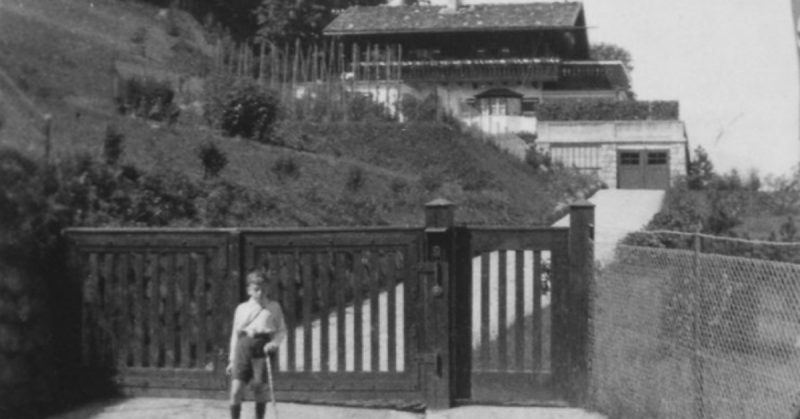During World War II, Adolf Hitler could often be found at the Berghof, his home in the Bavarian Alps which served as the second seat of command for the Third Reich.
The chalet was heavily damaged by bombs during the war and was finally demolished in 1952. Trees were planted to hide the location, but neo-Nazis continue to appear and leave swastikas carved into trees.
They also light candles which they set on the perimeter wall or the fireplace, features that remain from the original structure.
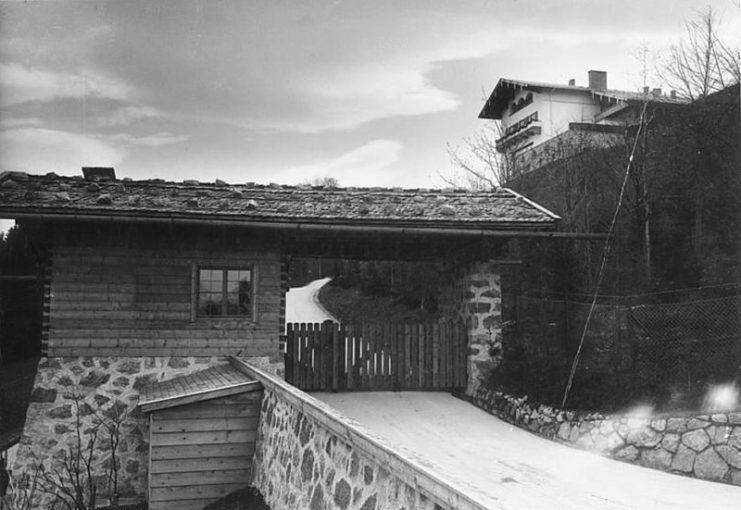
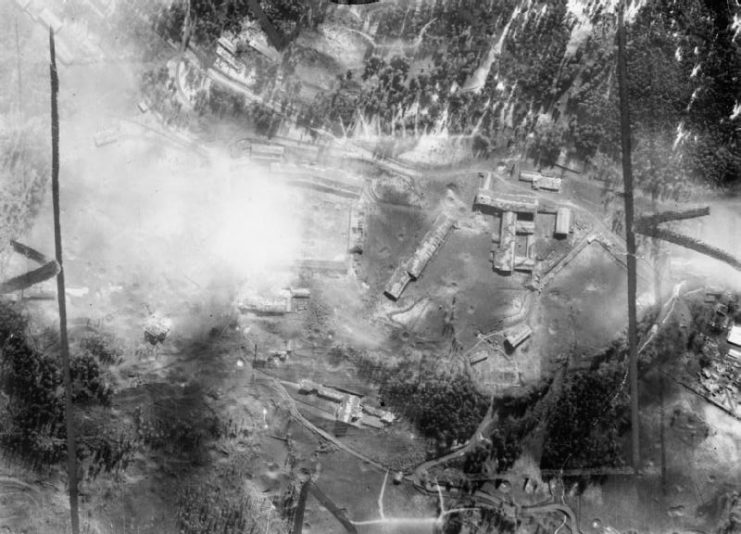
A small museum called the Dokumentation Obersalzberg maintains an archive which chronicles the atrocities committed by the Nazis. It was opened 300 meters (984 feet) from the site as a deterrent to keep the place from becoming a shrine.
Even so, staff members from the museum have seen an increase in coach tours from Hungary and the Czech Republic. Far-right views are becoming more popular in those countries, possibly leading to greater visitor numbers at the Berghof.
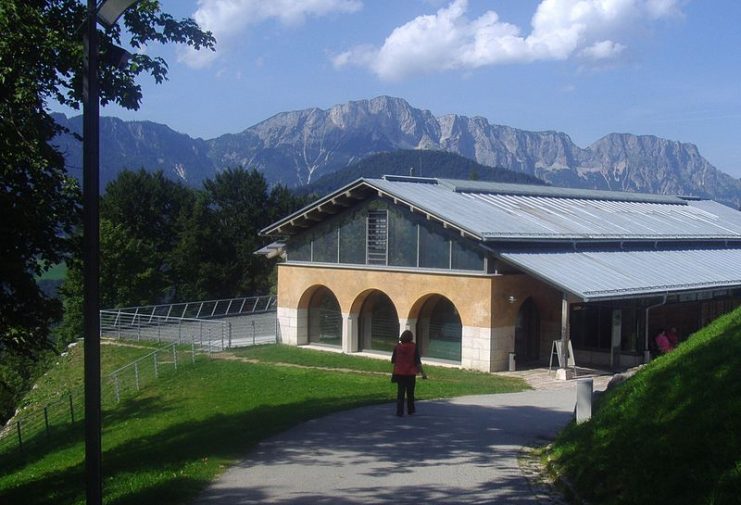
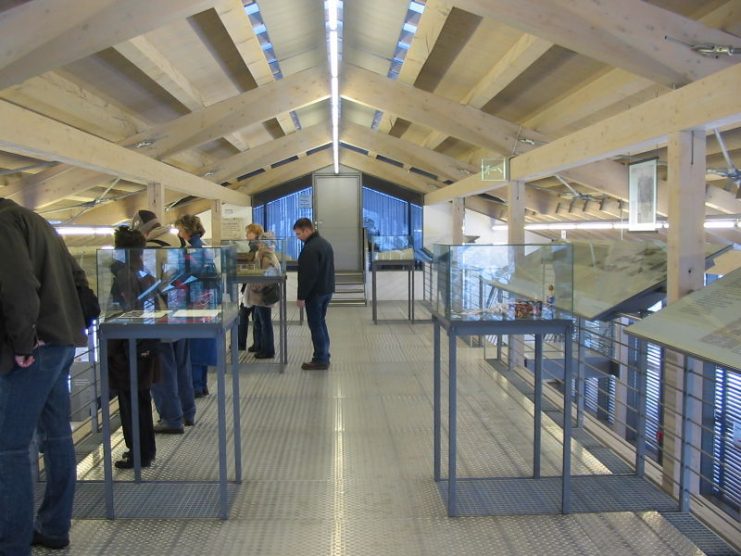
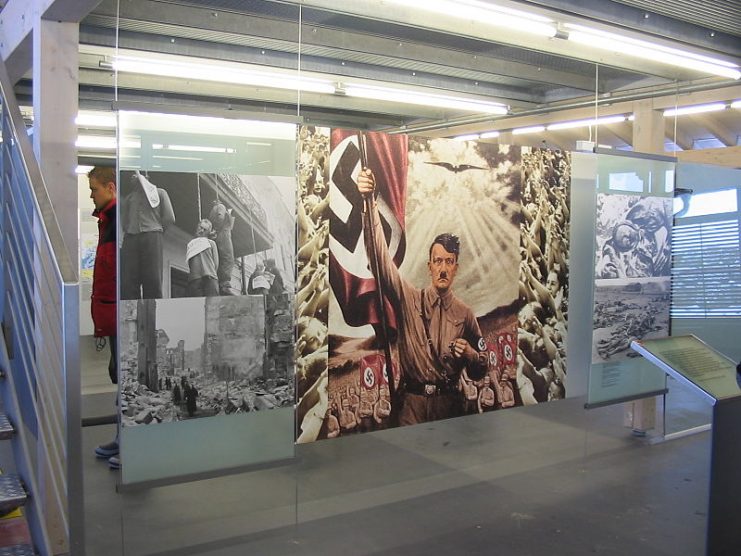
A €21 million expansion to the Dokumentation Obersalzberg is bringing the matter back to the fore. The expansion is expected to be completed in 2020. But what should be done with the Berghof?
Dr. Mathias Irlinger has worked at the museum for 14 years. He believes that it is a bad idea just to ignore the Berghof. He notes that leaving it alone allows the far-right to do what they want with the location.
To his mind, something needs to be done that brings more people to the site because the neo-Nazis tend to hang around areas that are hidden away.
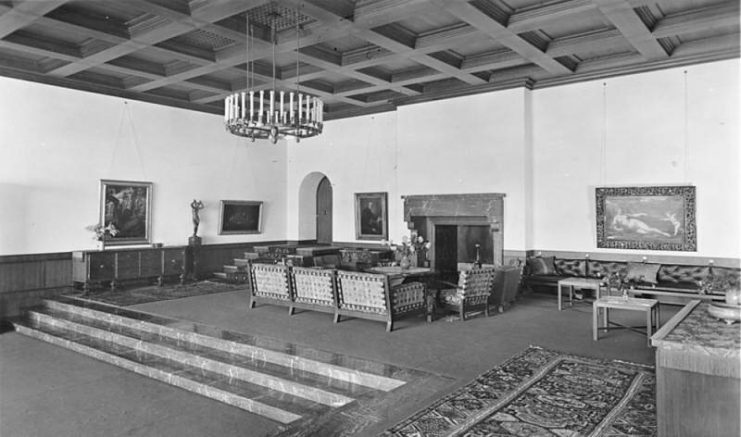
The museum is managed by the Institute of Contemporary History in Munich and is built on a guest house from the former site. It contains an entrance to four miles of tunnels and bunkers which were built in 1943 as protection for Hitler and his aids from Allied bombs.
The expansion will require carving away part of the mountain to increase the exhibition space to 840 square meters (almost 2,756 square feet).
But the excavation is slow going. Last year, workers uncovered an unexploded bomb in the mountainside. It was from an Allied bombing run in April 1945 when they believed Hitler had left Berlin to stay at the Berghof.
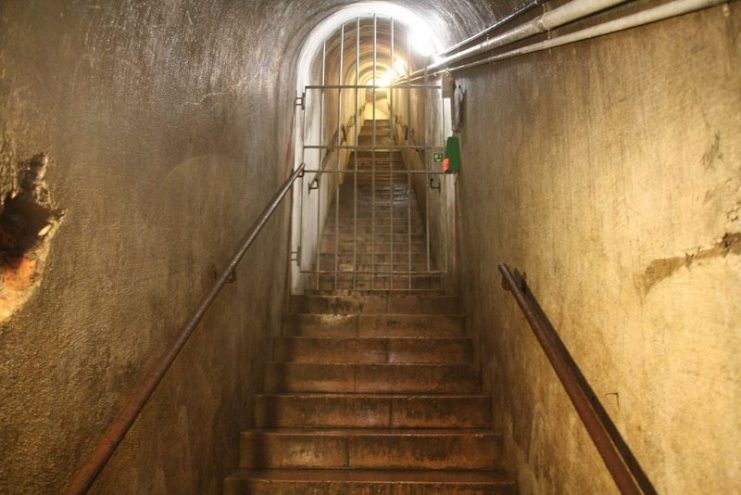
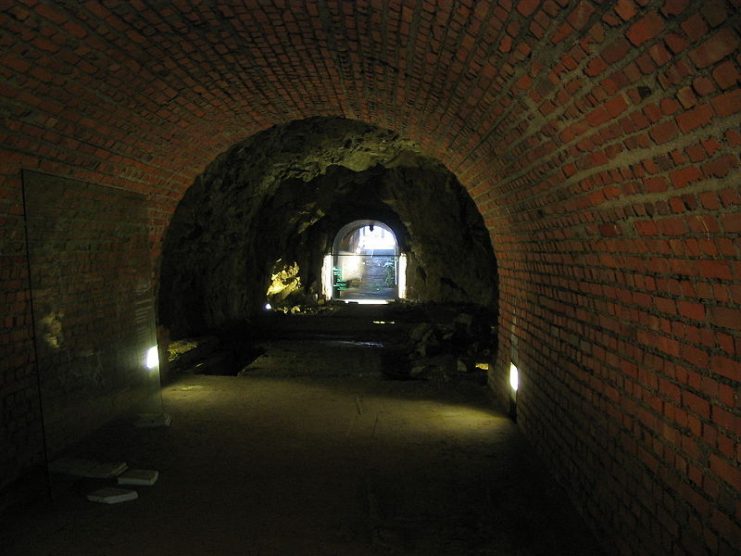
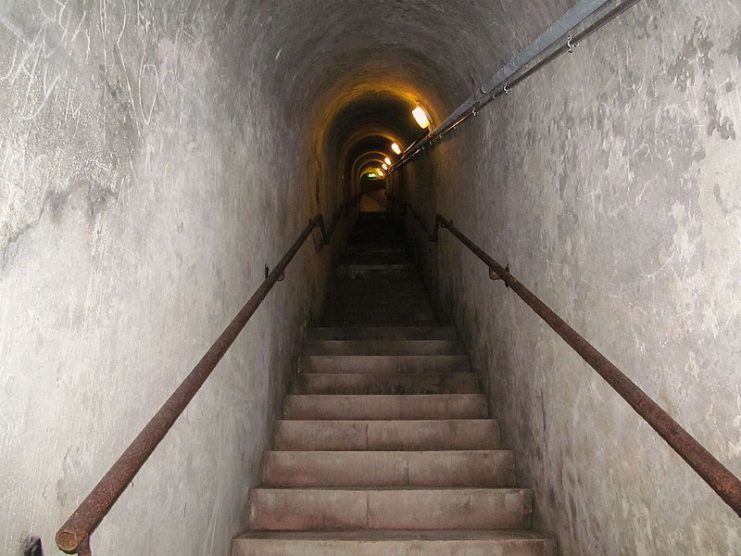
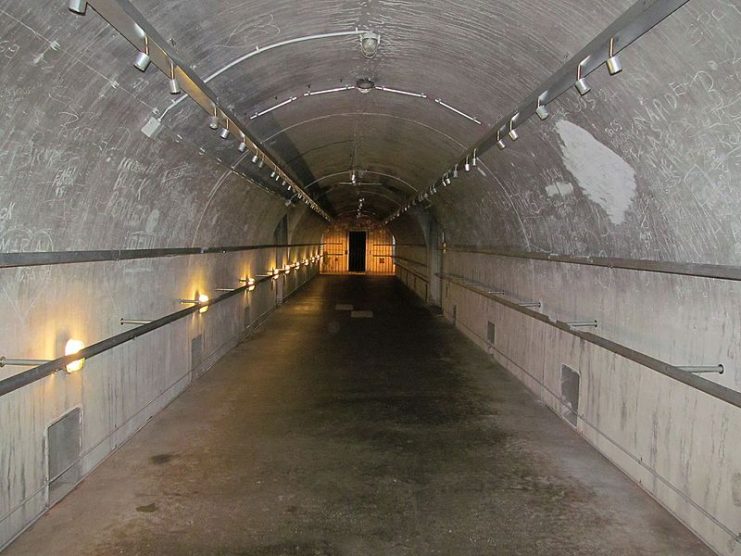
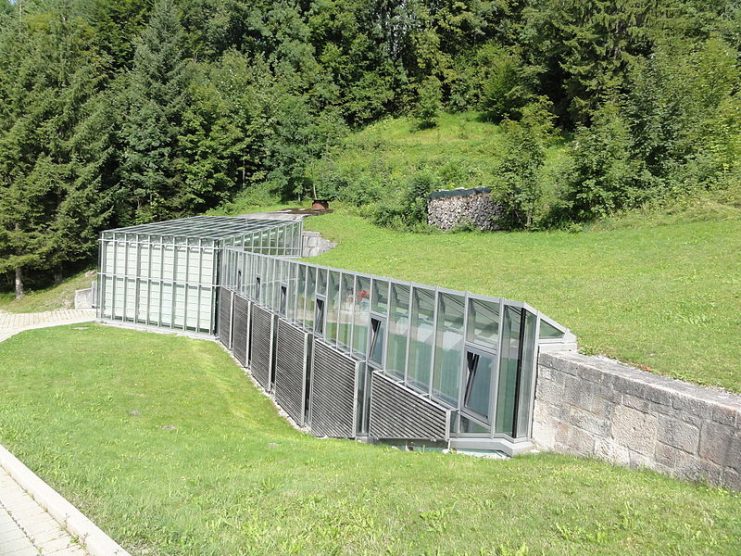
The bomb will be part of the new exhibition, sitting in front of the bunkers.
The museum hopes to paint a picture of Hitler between the moments when he was photographed playing with his dog or attending an opera. Those in-between moments were often spent at the Berghof, planning the Holocaust or the invasion of Poland.
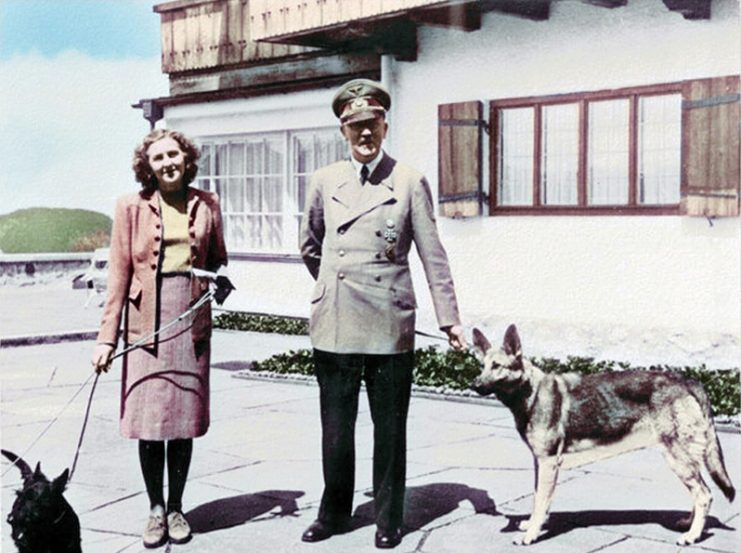
170,000 people visited the museum last year. Many complained that the cramped conditions made it difficult for them to view all the exhibits.
One of the stories that will be told is that of Dora Reiner, a woman who lived in the area. The Nazis designated her as Jewish, sent her to Munich and then to Kaunas. There is documentation showing that she was killed in a mass shooting just after her arrival in Lithuania.
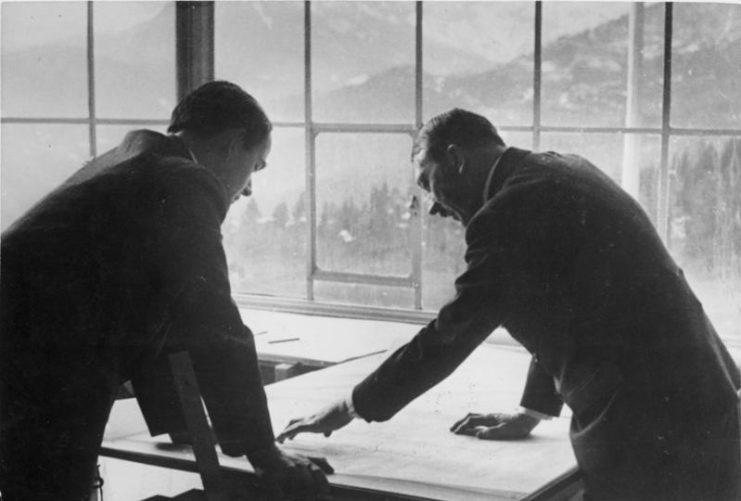
Read another story from us: Hitler’s Military Incompetence, Did it Cost the Third Reich the War
Her story demonstrates the disconnect between the idyllic location and the horrific crimes that were planned there.
Museum staff currently have a difficult time providing information to the general public who are interested in learning about history while dealing with those from the far-right who are advancing their own agenda.
